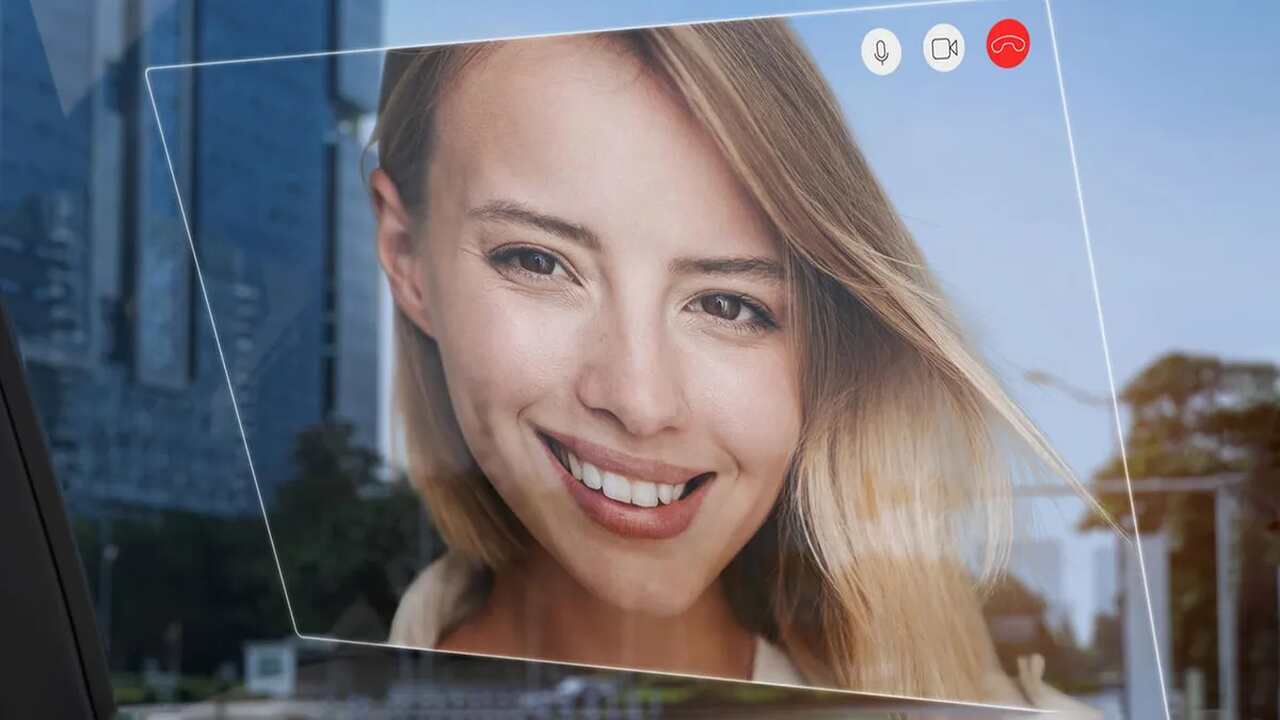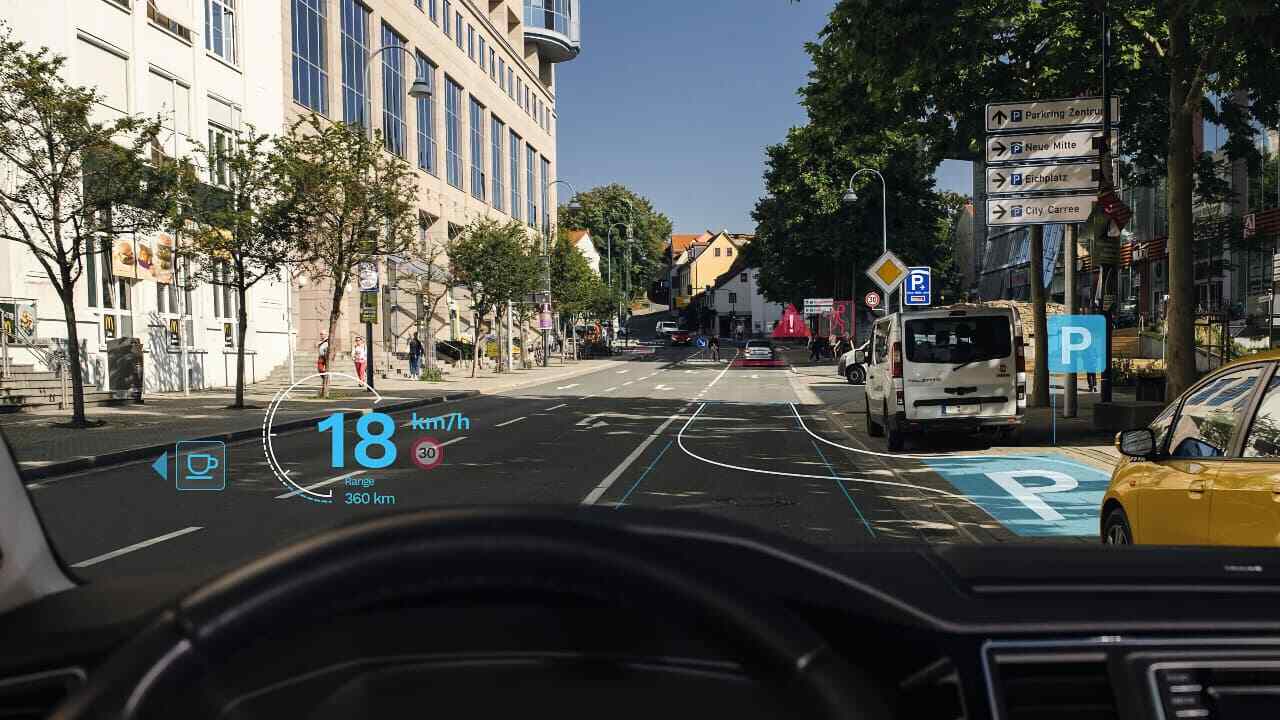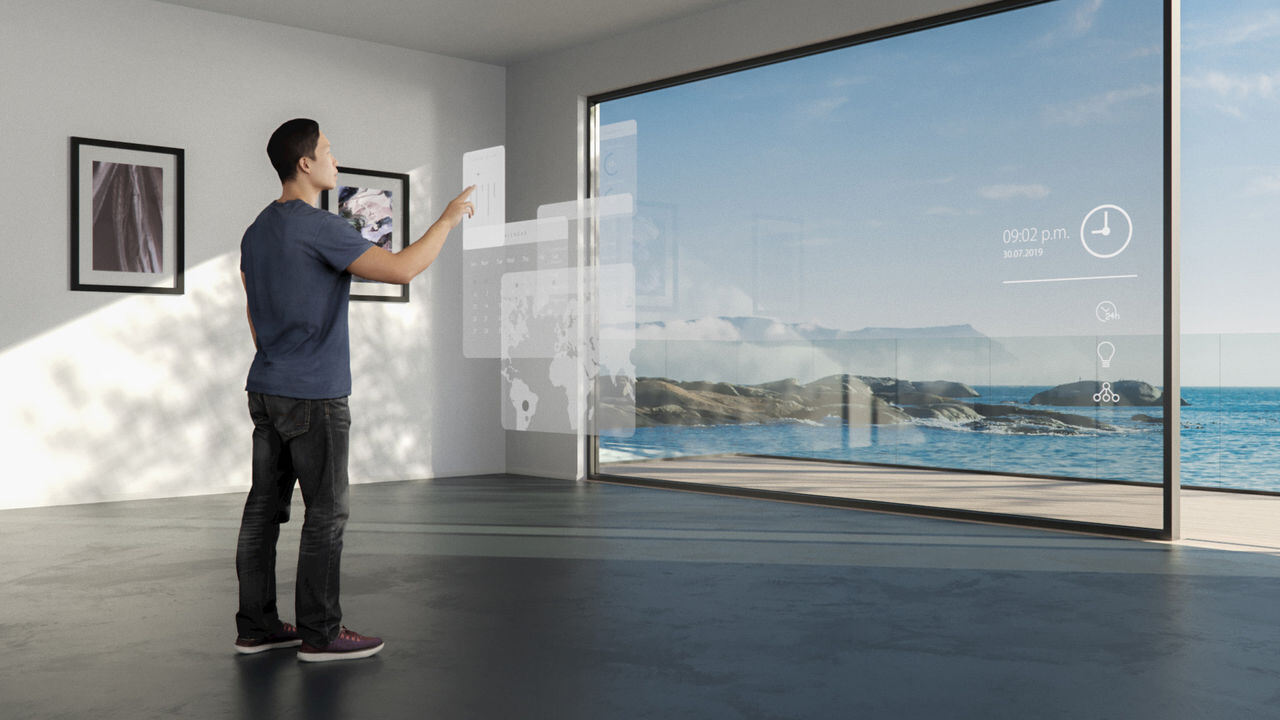
During CES 2024, the German company Zeiss introduced a new technology that can turn any glass surface into a camera.
+ NASA Highlights Amazing Image of the Runaway Star Zeta Ophiuchi
+ Samsung confirms release date of the new Galaxy S24
The Multifunctional Smart Glass technology can float “holographic” and augmented reality content onto a transparent surface for displays in cars, 3D control elements in smart homes, and even a transparent video call in the middle of a glass panel.
It is built around a thin polymer film that can “turn any glass surface (building windows, transparent screens, vehicle side windows) into an on-demand communication display.”
Some key points from Zeiss include “large-aperture invisible camera” and “individual adjustment of orientation and field of view size.”

The Zeiss presentation at CES focused on its overall system, with a focus on applications in automobiles; hence, many of its use cases are based on how holography can improve operability in the car.
Other possibilities include floating switches where gestures or voice commands activate holographic control elements on a flat surface in a vehicle or smart home.
Window glasses could serve as adjustable ambient lighting, and the micro-optical layer on glass surfaces could capture sunlight and channel it to a hidden solar cell to produce energy.

